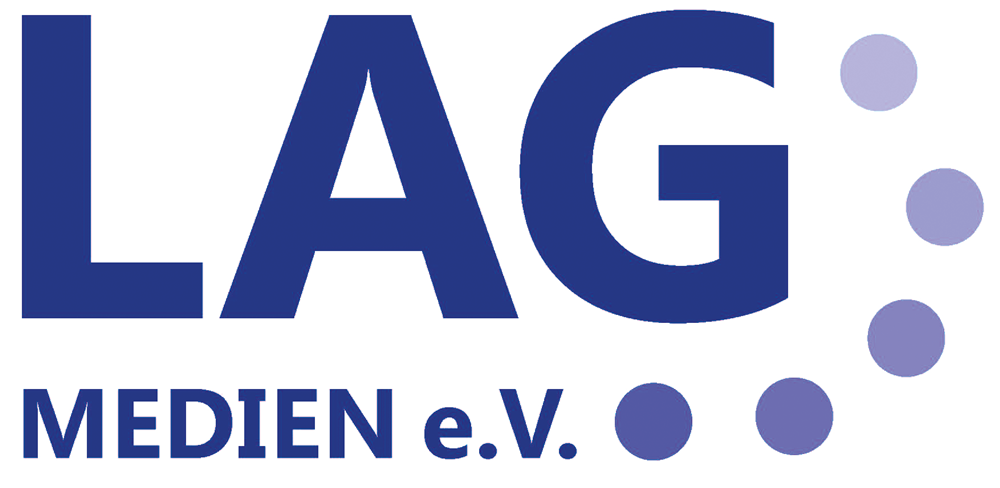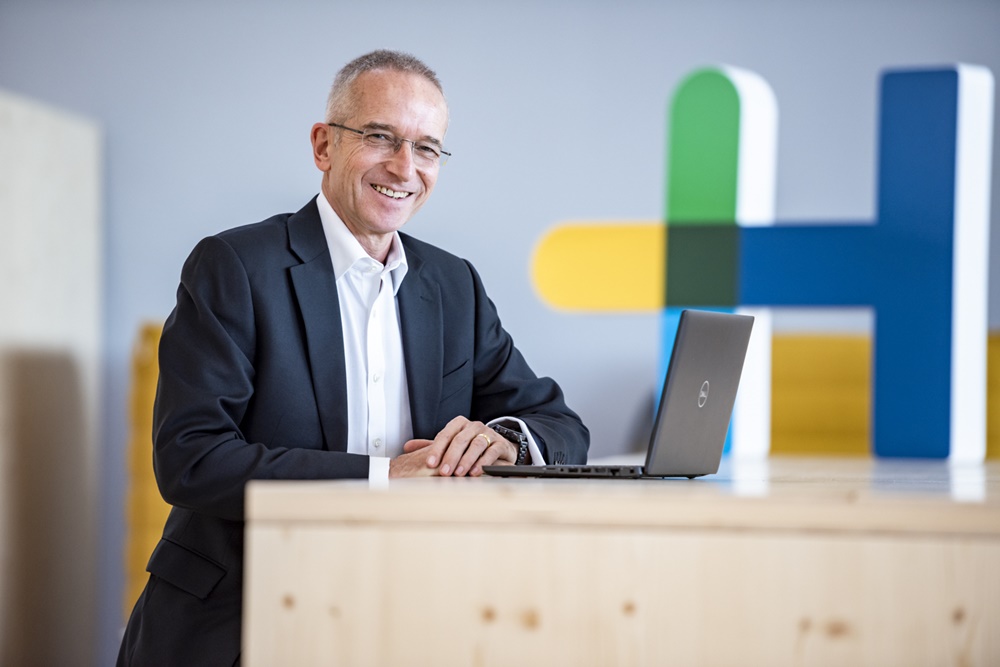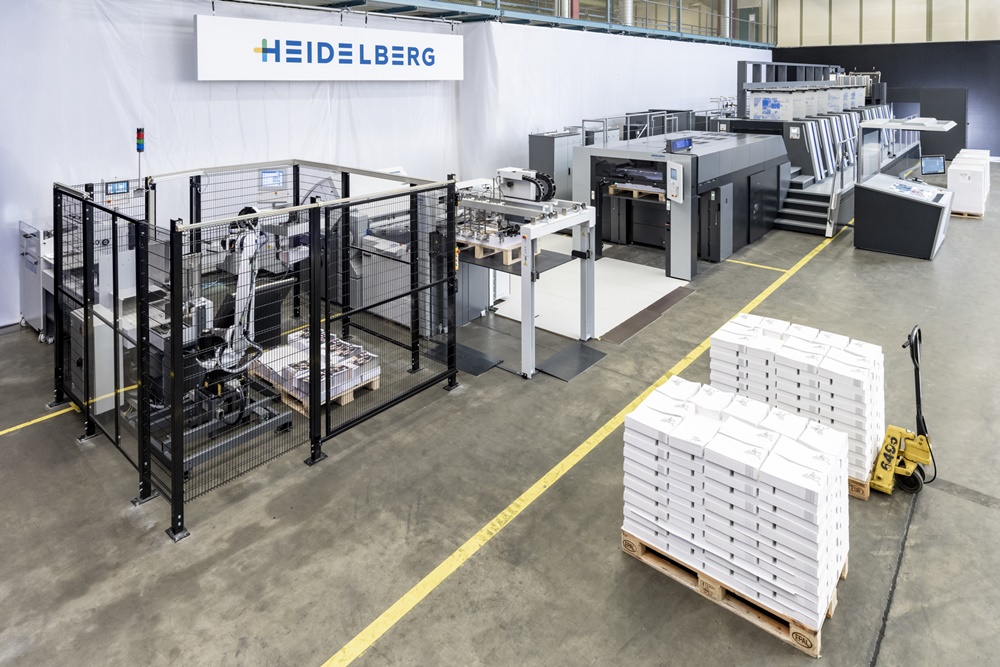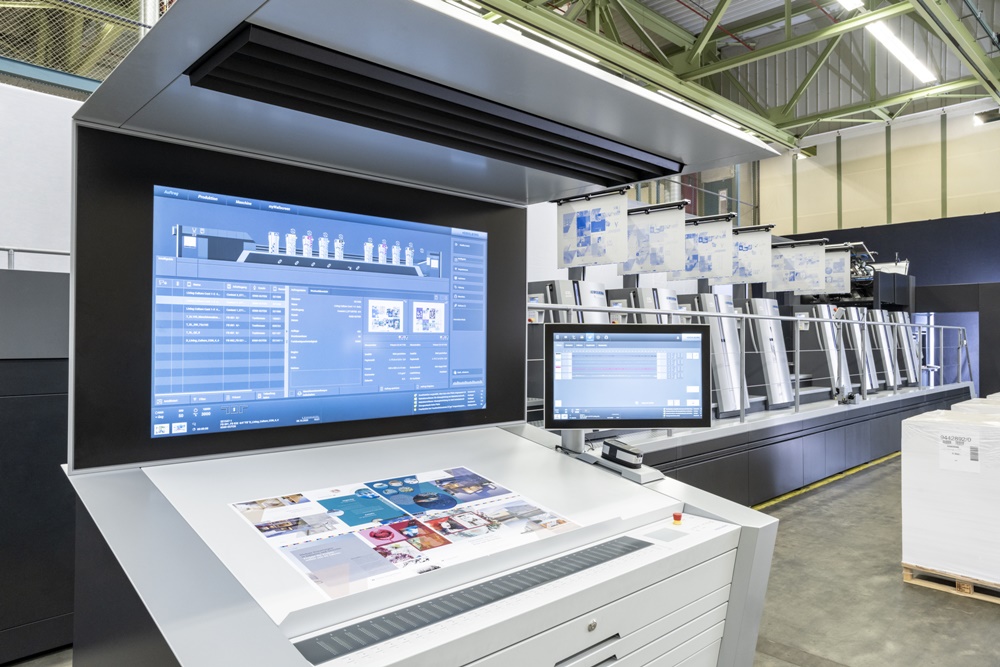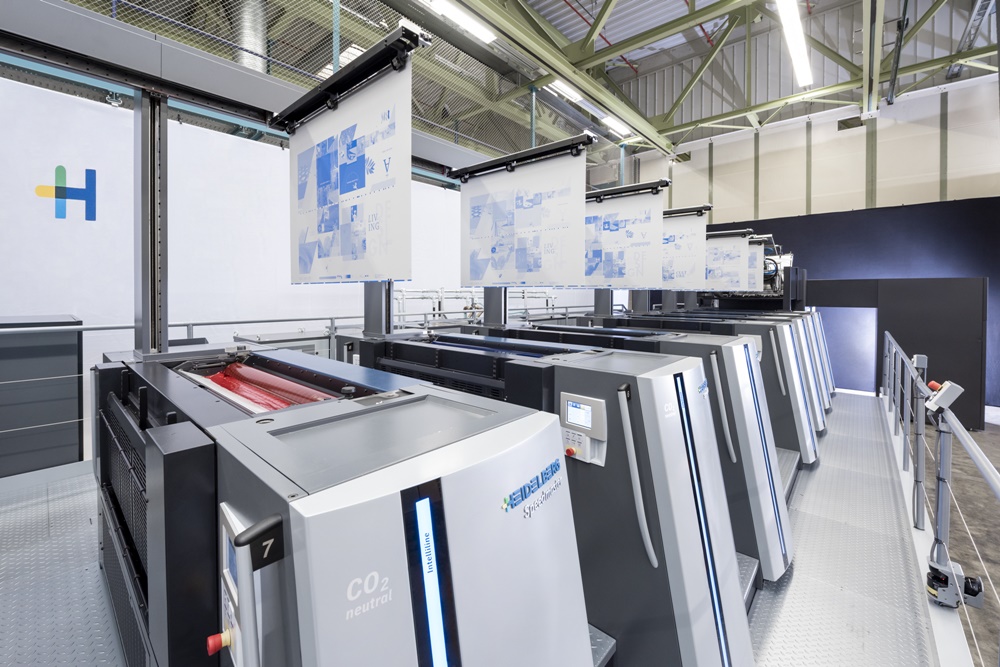P3 1-2/2021 en
Smart Print Shop
“Everything has to Work Together Perfectly in the Overall Process!”
Management & Marketing
With the push to stop end-to-end operating philosophy, Heidelberg has taken significant steps in developing what is known as Smart Print Shop. We spoke to Ludwig Allgoewer, Head of Marketing and Sales at Heidelberger Druckmaschinen AG, about customer requests, autonomous processes, future-oriented concepts and overall system efficiency.
Ludwig Allgoewer, Head of Marketing and Sales at Heidelberg.
Under the motto “Unfold your potential”, Heidelberg has brought the potential of process digitization to the fore. How do you see the German print and media industry in terms of digitization in an international comparison and what solutions can Heidelberg offer the industry?
Traditionally, the German printing industry is very open to innovations compared to other markets or markets that have a lower degree of industrialization. Due to the competitive situation, the degree of automation is high. Nevertheless, there is of course still great potential in Germany with regard to the digitization of all value-adding processes beyond the company.
Heidelberg offers its customers in packaging, labels, and commercial printing the Smart Print Shop, which, as a world premiere since autumn last year, has enabled end-to-end autonomous print production in its highest expansion stage, including prepress and postpress. The size of the print shop does not matter. The modular offer is aimed at small and medium-sized print shops as well as large companies. In addition, customers can decide whether they have a conventional transactional business relationship with Heidelberg or opt for one of the numerous contract or subscription offers, the payment of which is based on the output or benefit that the customer achieves.
“Push to stop end-to-end” - is that more than just a catchphrase? What does it mean in detail?
In a global survey of over 1,000 customers, we determined which four key topics describe the challenges in the printing industry: These are increasing complexity, the shortage of skilled workers, competitive pressure and the expansion of the value chain with digital platforms.
In response to this, we developed the new operating philosophy “Push to Stop” and thus initiated a paradigm shift in industrial print production. If processes were previously started actively by the operator, in the future this will be done by the machine itself. The operator only interrupts the autonomously running process chain when necessary. The effectiveness of print production can thus be raised to a level not previously achieved, the processes can be planned, and the error rate drops through continuous process monitoring.
With “Push to Stop” and the Speedmaster machines of Generation 2020, OEE - the overall equipment effectiveness - is sustainably increased. Thanks to a large number of intelligent assistants and even artificial intelligence, the Speedmaster machines process the pending print jobs autonomously. This with the optimal and shortest changeover sequence, which means the highest net productivity. The operator receives a modern workplace, is supported in every job and can concentrate on the most important control tasks.
Is the digitization and automation of the overall process, à la Heidelberg, aimed at all printers, or are there limits due to the process organization? Many print shops highlight their individual solution competence in their portfolio, for example through special finishes, materials or shapes. Where does Push to stop end-to-end reach its limits?
The purpose of digitization and networking is to increase productivity in the industry without additional staff. Above all, automated and intelligently networked processes can double the productivity of print shops by 2030. Useful information for both customers and Heidelberg can be extracted from the multitude of available data. In other words, generate smart data from big data.
This affects all printing companies more or less. With our innovative solutions, we are able to advise our customers individually and comprehensively so that the right overall concept for their business model is worked out. In addition, the Speedmaster 2020 generation models all include the Push to Stop functionality and the Prinect cloud interface as standard - from the Speedmaster SX 52 to the Speedmaster XL 106. Our Prinect workflow is also scalable. The customer only pays for the functionalities that he currently needs and can have more functionalities activated via the cloud if there is further demand and growth.
A completely autonomous process sounds like the end of the flagpole. What comes after end-to-end, apart from optimizations in detail?
In order to achieve a possible 50 percent OEE and more sustainably, everything in the overall process must work together perfectly. This includes the standardization and qualification of consumables, process calibration, self-learning systems, but also intelligent maintenance concepts. Combined with our application technology know-how, our steadily growing portfolio of consumables and our innovative service concepts, “Push to Stop” is just the starting point and will increasingly implement the Smart Print Shop.
Will your customers one day print out their own prefabricated Heidelberg systems using a 3D printer?
No, I can't imagine that.
For some time now, maintaining customer relationships has only been possible under difficult conditions. Have the digital formats met your expectations or do innovations sell worse without - often expensive - face-to-face events?
The corona pandemic has turned a lot upside down and also set things in motion that we could never have imagined, e.g. a completely virtual customer event like the Innovation Week last October, where - after the failed drupa - we have professionally presented almost our entire range of services online. We had several thousand registrations from over 100 countries, several hundred agreed one-on-one meetings with decision-makers and around 100,000 videos that were clicked on. The level of qualified customer contacts was roughly comparable to an international trade fair and the feedback from the participants was very positive.
Nevertheless: The printing industry is also a family industry in which personal contact between customer and manufacturer is extremely important because it creates and strengthens trust. And an industry in which haptics play a major role. Therefore, as soon as the situation allows, we will again hold customer events as face-to-face events. In the future, we will therefore see a mix of face-to-face and virtual events. And I think that's a good development.
Final question: Last spring, we spoke to Rainer Hundsdörfer about the unsatisfactory development and valuation of the Heidelberg share, among other things. In the last few weeks, however, significant increases have been seen - the price has more than doubled. What do you attribute this to in an economically difficult time?
On the one hand, the capital market is honoring our transformation program, which we launched shortly before the start of the Covid pandemic, i.e. our consistent focus on the core business and cutting off the losers. We have drastically reduced debt and improved free cash flow. We have also confirmed the forecast for the full year and raised the margin target. We have done our homework financially and balance sheet related. There are now also signs of recovery in the markets that are important to us in China and Europe.
On the other hand, our activities in the field of electromobility, especially the announced doubling of our capacities in wallbox production, arouse the imagination of investors. After all, Heidelberg is one of the market leaders in Germany with its wallbox for fast and uncomplicated charging in the private sector. The annual growth rates in this area are over 20 percent. This is an exciting development, obviously also for the capital market.
Mr. Allgoewer, thank you very much for the interview!



